- News
- Reviews
- Bikes
- Components
- Bar tape & grips
- Bottom brackets
- Brake & gear cables
- Brake & STI levers
- Brake pads & spares
- Brakes
- Cassettes & freewheels
- Chains
- Chainsets & chainrings
- Derailleurs - front
- Derailleurs - rear
- Forks
- Gear levers & shifters
- Groupsets
- Handlebars & extensions
- Headsets
- Hubs
- Inner tubes
- Pedals
- Quick releases & skewers
- Saddles
- Seatposts
- Stems
- Wheels
- Tyres
- Tubeless valves
- Accessories
- Accessories - misc
- Computer mounts
- Bags
- Bar ends
- Bike bags & cases
- Bottle cages
- Bottles
- Cameras
- Car racks
- Child seats
- Computers
- Glasses
- GPS units
- Helmets
- Lights - front
- Lights - rear
- Lights - sets
- Locks
- Mirrors
- Mudguards
- Racks
- Pumps & CO2 inflators
- Puncture kits
- Reflectives
- Smart watches
- Stands and racks
- Trailers
- Clothing
- Health, fitness and nutrition
- Tools and workshop
- Miscellaneous
- Buyers Guides
- Features
- Forum
- Recommends
- Podcast
feature
 2022 Fizik Terra Artica GTX mtb winter boot
2022 Fizik Terra Artica GTX mtb winter bootHow to keep your feet warm cycling — fend off cold feet on the bike with these toasty tips
Unless you have been blessed with exceptionally good circulation, you’re bound to feel the cold in your feet at some point when cycling. For the most unlucky of us, it doesn’t even need to dip to below zero winter temperatures before the toes start to feel the chill and eventually, hurt.
Your feet don’t have to work very hard when you’re cycling, and it's the body's natural reaction in cold conditions to focus the warmth of the body around essential organs - and unfortunately, your toes are not very high on that list.
> Winter cycling — 6 top tips to help you keep riding through the colder months
It’s a painful truth that once your feet get so cold that it hurts, there’s no chance of them getting any better until you finish your ride and get home - or carry heat packs with you. That’s why preventing them from getting cold in the first place is the best remedy.
There are many measures you can take to delay the onset of cold toes and feet, so here are a few tips for keeping them warm. We'd like to hear your tips too, so feel free to comment at the bottom of the article.
> Best winter road bikes 2023 — invest in a bike that shines in bad weather
Change into warm cycling socks
Warm winter cycling socks are a worthy investment for anyone living in the northern hemisphere, and they are not very expensive to purchase and last for years. Having warm socks is important because they work as the first level of insulation for your feet, followed by your cycling shoes and then overshoes.
Warm cycling socks come in many different styles, materials and thicknesses, and you might want to consider a little before purchasing a pair.
Thicker socks often include wool or synthetic, heat-retaining materials, and are the best option if your cycling shoes have space for them. Socks such as GripGrab Waterproof Merino Thermal Socks socks are an excellent option in this category.
If you don’t have dedicated, roomier winter cycling shoes, you might need to resort to some thinner warm socks, such as the MAAP Alt_Road Merino socks.
Materials such as Merino wool offer very good warmth and insulation, even in thinner socks, and are very comfortable. The addition of synthetic fabrics can give socks better moisture management, keeping your feet drier for longer. Merino has the added benefit of being naturally good at keeping odours at bay and doesn’t require as frequent washes as synthetic socks.
Warm cycling socks can also be a little longer than summer ones, providing an increased overlap with tights and overshoes. You’ll likely be wearing them with tights or leg warmers anyway, so it really doesn’t matter what they look like or what colour they are - only that they are warm.
Pull on overshoes - or at least toe covers
Without making a considerable investment in new cycling shoes, overshoes and toe covers are the next line of defence in combatting cold feet. As well as keeping the cold wind out, the best overshoes protect your feet from spray from your wheel (although, you really should consider winter-prepping your bike and installing mudguards) and other road muck getting into your shoes.
Overshoes are made from various materials including neoprene, and windproof and waterproof fabrics. They vary in purpose: some are for everyday riding, some might have aero properties and some overshoes are better for off-road riding with more robust toe and sole area.
> Best winter road bike tyres 2023 — ride confidently in cold and nasty weather
An overshoe needs to fit well, so correct sizing is important. The fewer openings there are on the shoe and around the back, the less cold air can sneak inside.
Much of the same applies to cycling toe covers, which are what it says on the tin: covers that fit over your cycling shoes and cover only the toe-box area. If you are a really cold-feet individual, it’s a good idea to pair a set of toe covers with overshoes for double warmth in the toe area, without adding bulk to your ankle that needs to keep moving.
Get a pair of winter cycling shoes
Next up we have purpose-made winter cycling shoes. These are a more considerable investment, with few cycling winter shoes selling for £150. You can, however, find them on sale for much less so worth keeping an eye out for bargains.
> Best road cycling shoes 2023 — get faster with light, stiff shoes
Winter cycling shoes essentially integrate the features of overshoes into your cycling shoes, giving them more waterproofness, a thermal, insulating membrane and often a higher boot-like ankle that keeps the water at bay.
If you determinedly cycle through the worst of the winter months, investing in a good pair of winter cycling shoes is really worth it. You save time when you don’t have to pull on the covers and overshoes, which no matter how robust, do deteriorate in frequent use in a couple of seasons. Nothing prevents you from pulling on a set of overshoes over your winter cycling boots, though, for extra warmth and protection.
> Lake MXZ304 Winter Boot review
Winter cycling shoes have developed a lot over the years and today’s models, such as the Fizik Tempo Artica R5, are very stylish creations, with plenty of colour options, as well. The Fiziks also feature a Gore-Tex outer membrane, which although not the most environmentally friendly material, is great at repelling water and is used also on for example, these Shimano MW7 Gore-Tex SPD Shoes.
Take advantage of things you have at home
If you really want to save your pennies, there are many home hacks that you can use to make your toes warmer when cycling.
The first is wrapping your feet in tinfoil. This is a rather self-explanatory thing to do - get some strong kitchen foil and wrap your feet with it (with your socks on) and then pop your shoes on. The foil will radiate the heat from your feet back and that way keeps them toasty. You could also double sock with this hack - having the tin foil in between two thinner socks.
Covering all of the vents is an easy hack that will keep the chilly breeze from entering your shoes in the first place. Use tape or anything else that sticks and blocks the cleat plate holes, as well as any vents that your cycling shoes might have and you’re bound to notice the difference. Just remember to revert the changes when the summer comes…
> Top cycling hacks to save money this winter
Then we have plastic bags that can be used, let’s face it, for many things. Get a set of bags and you can pull those on your feet, effectively working in the same way as waterproof socks would, and by keeping your warm sweat inside the bag, your feet should stay warmer. Whether this is a very comfortable option is up to debate, but it does work. You can also use plastic bags as overshoes - assuming you can effectively secure them over the shoes.
Get heated overshoes, insoles and inserts
Home hacks aside, there are also some pretty good accessories that are purpose-built for keeping our cyclists’ feet warm.
Here you might be better looking at outdoor apparel shops, stocking hiking and hill-walking products, as cycling-specific products are scarce. There are a few heated overshoes, such as the Ekoi Heat Concept overshoes.
You can find heated insoles easily online, as well as heat pads (similar to those you can put inside your gloves). If you’re doing a long winter tour, having a couple of these stashed in your handlebar bag can be a life saviour if you get caught outside in very grim and cold conditions.
As always, let us know your best tips for keeping your feet and toes warm when cycling in the comments below!
Latest Comments
- brooksby 3 min 36 sec ago
Or turning that on its head: the aforementioned paint can can cause harm if it is *accidentally* damaged or is otherwise used in a way for which it...
- eburtthebike 4 hours 31 min ago
A comedian with a purpose can achieve more than the politicians e.g. Zelesky.
- Hirsute 6 hours 7 min ago
Sounds a bit specific though given 90% are bought on some sort of finance.
- Rekrab 6 hours 25 min ago
MORE LANES, MORE LANES!!!!
- Simon E 6 hours 32 min ago
The numbers don't tell anything like the whole story....
- Simon E 7 hours 3 min ago
Just squirt some thick grease all over his side windows and door panels. If you're feeling really uncharitable you could throw some sand at the...
- David9694 7 hours 42 min ago
check under 'W'for "What cars do to people"
- Global Nomad 8 hours 24 min ago
good to see you're testing the farsports wheels - hope to see road.cc continue to expand the range of brands it considers. These or the shallower...
- chrisotherwise 8 hours 58 min ago
Sadly very normal. And the sand contains loads of evil little shards of flint.
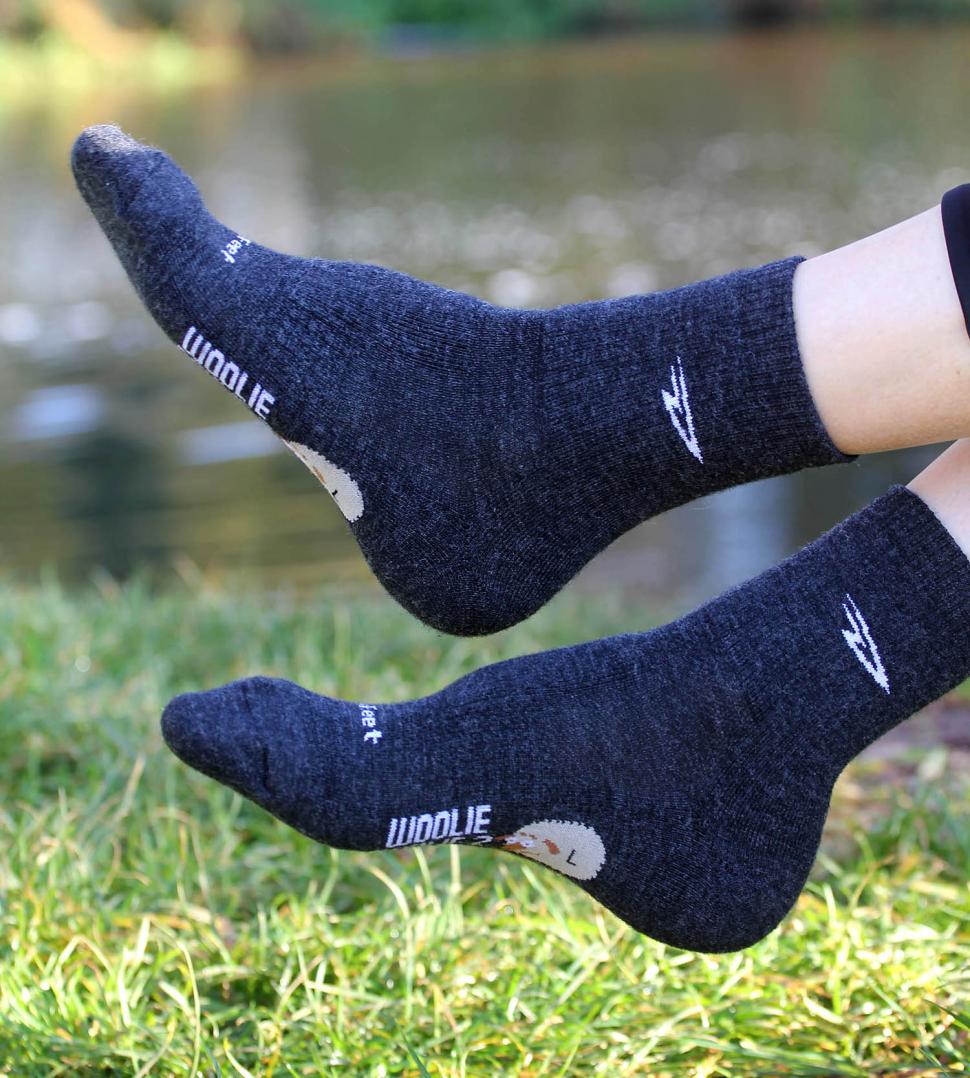

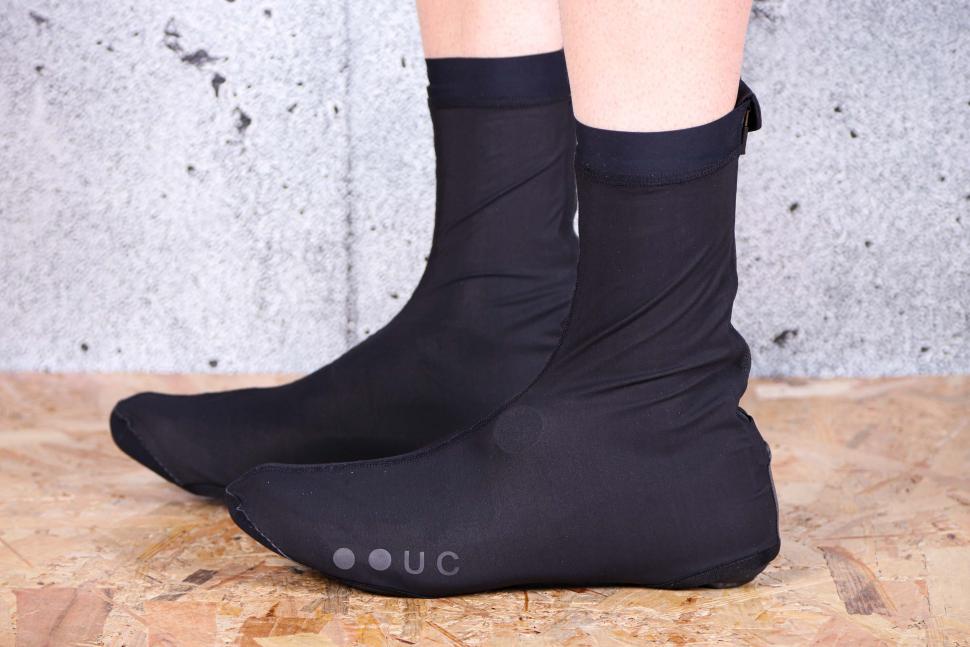

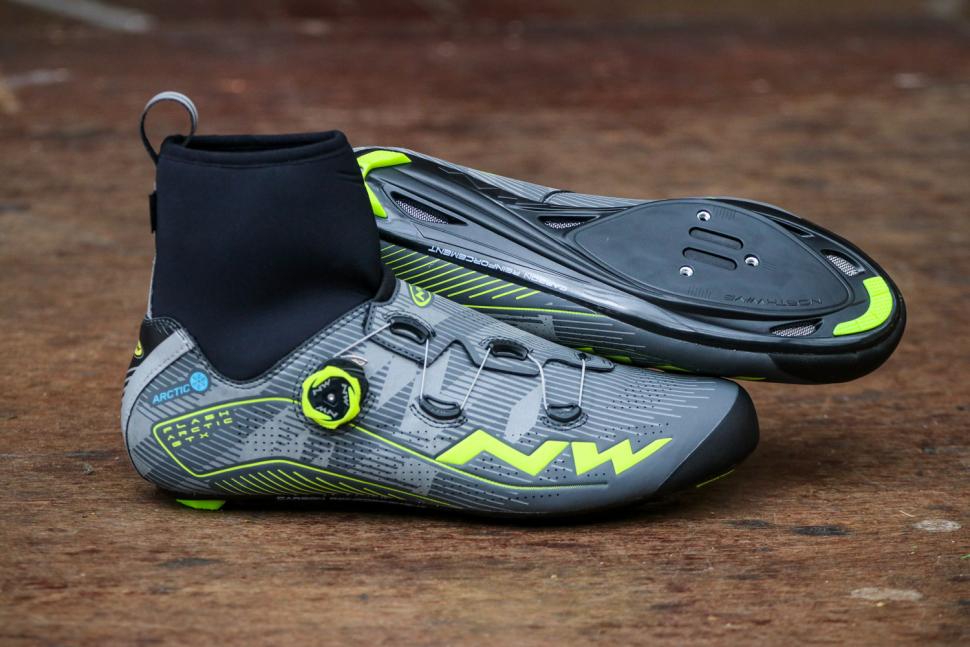
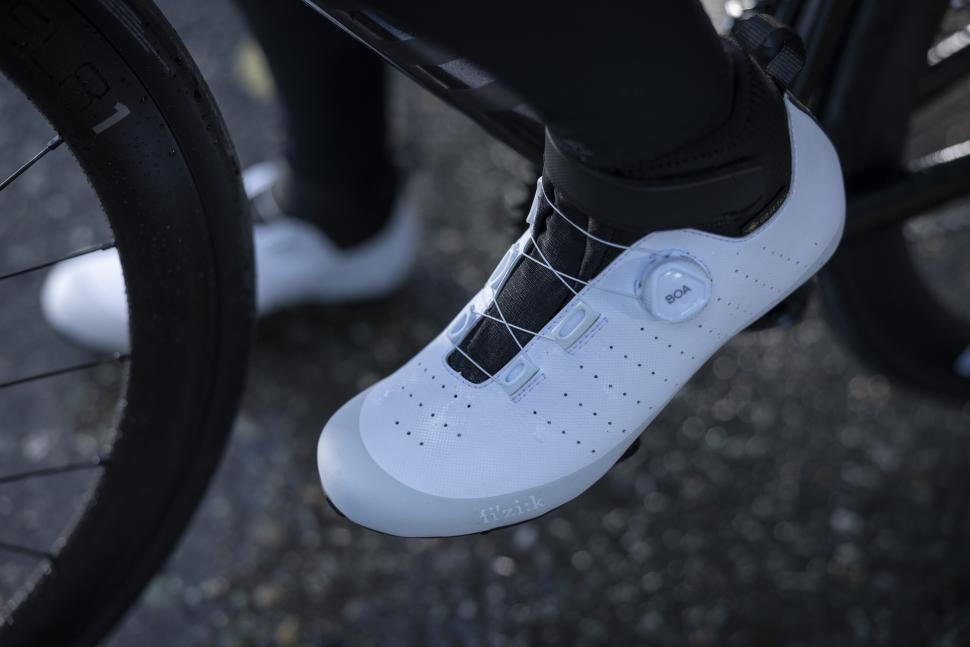

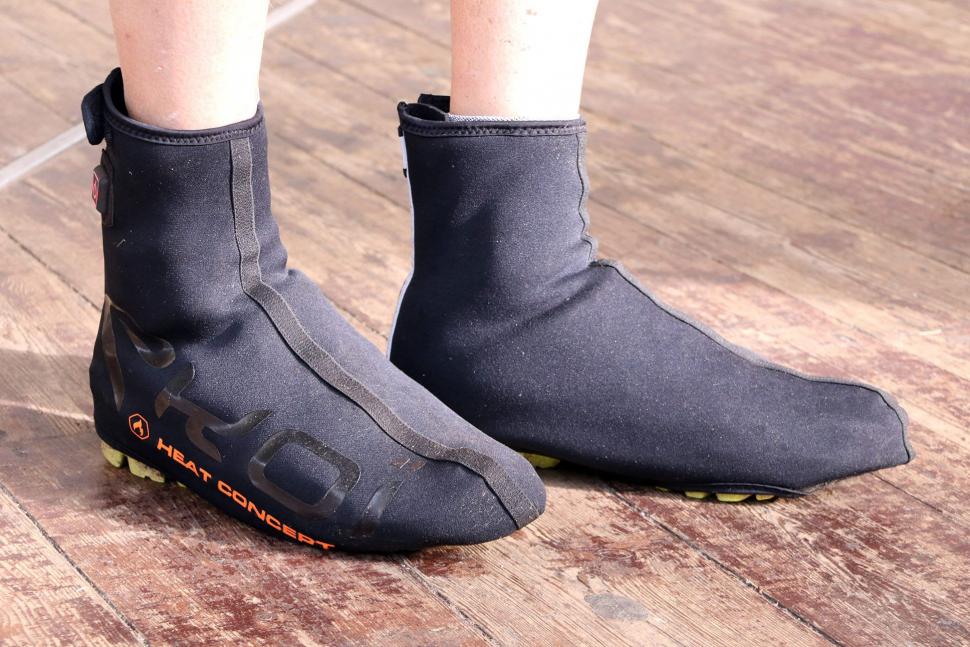
Add new comment
14 comments
More base layers and another jacket.
As the article says, your feet get cold because your body is keeping more important things warm. Help your body keep those important things warm, and you'll find more blood getting to your toes.
You do sometimes have to go through a phase of your core being unpleasantly hot, and your toes too cold, but keep everything zipped up until it evens out.
Some of us just have terrible circulation - I've tried pretty much every combination of winter boots, overshoes, toe covers, merino socks, two pairs of socks, waterproof socks, and whatever I'm wearing, if the temperature is low single digits I get cold feet. Thank heavens for Zwift - no cold feet inside!
Yep, with Raynaud's 24 km this morning in 0°, silverthread socks underneath thick cycling-specific winter socks inside SIDI GoreTex winter boots and neoprene overshoes over them and the pain still cuts in after 20 minutes!
Likewise - I'm envious of all my friends going around in light single-layered gloves (or even gloveless!) in 0-3 degree weather, whereas if I do so my hands turn ghostly pale and the tingling pain is almost unbearable!
I think I must be one of the lucky ones, never have a problem with cold feet. Wish I could say the same about my hands.
My hands are generally fine on the bike - DHB deep winter gloves for when it's really cold have been brilliant.
Yeah none of this really helps with bad circulation. I get chilblains indoors 😓
I smother my feet in tiger balm before every ride. Lasts about 6 hours
Thought I had my options nailed, winter socks and boots, normally great; but at -4 yesterday proved to be inadequate.
article continues...
Change to flat pedals and wear normal shoes
Ride in normal, not super tight shoes on flat pedals. Your warm socks can actually do their job when they're not compressed flat. Circulation improves in your feet because they're not being squished, and your feet actually generate some heat of their own as the small muscles in them get some work to do stabilizing them. As demonstrated in a recent GCN video, you're not losing out on much with flat pedals unless you're actually racing.
I have ridden at about -20 °C (-5 °F) on flat pedals with Power Grips straps, wearing Five Ten Freerider shoes, and moderately thick wool socks. No double socks, no windproof shoe covers needed. Tight, stiff cycling shoes are why your feet get cold. On a recent group ride at above freezing one guy in cycling shoes with covers and double socks nearly bailed because his toes hurt so badly from the cold. Luckily someone else had brought some chemical warmers and he stuffed them in his shoes. I hadn't even thought about my feet because they were perfectly comfortable.
I went for some winter 5 10 freeriders, waterproof upper and thermal toe box. Went a size up.
Thermal insoles and merino rich hiking socks. Occasional stick on toe warmers for the proper negative.
Just buy Spatz. Look ridiculous but who cares when your feet are warm?!
Toasty Toe Tips. Aliteration chance somewhat missed.